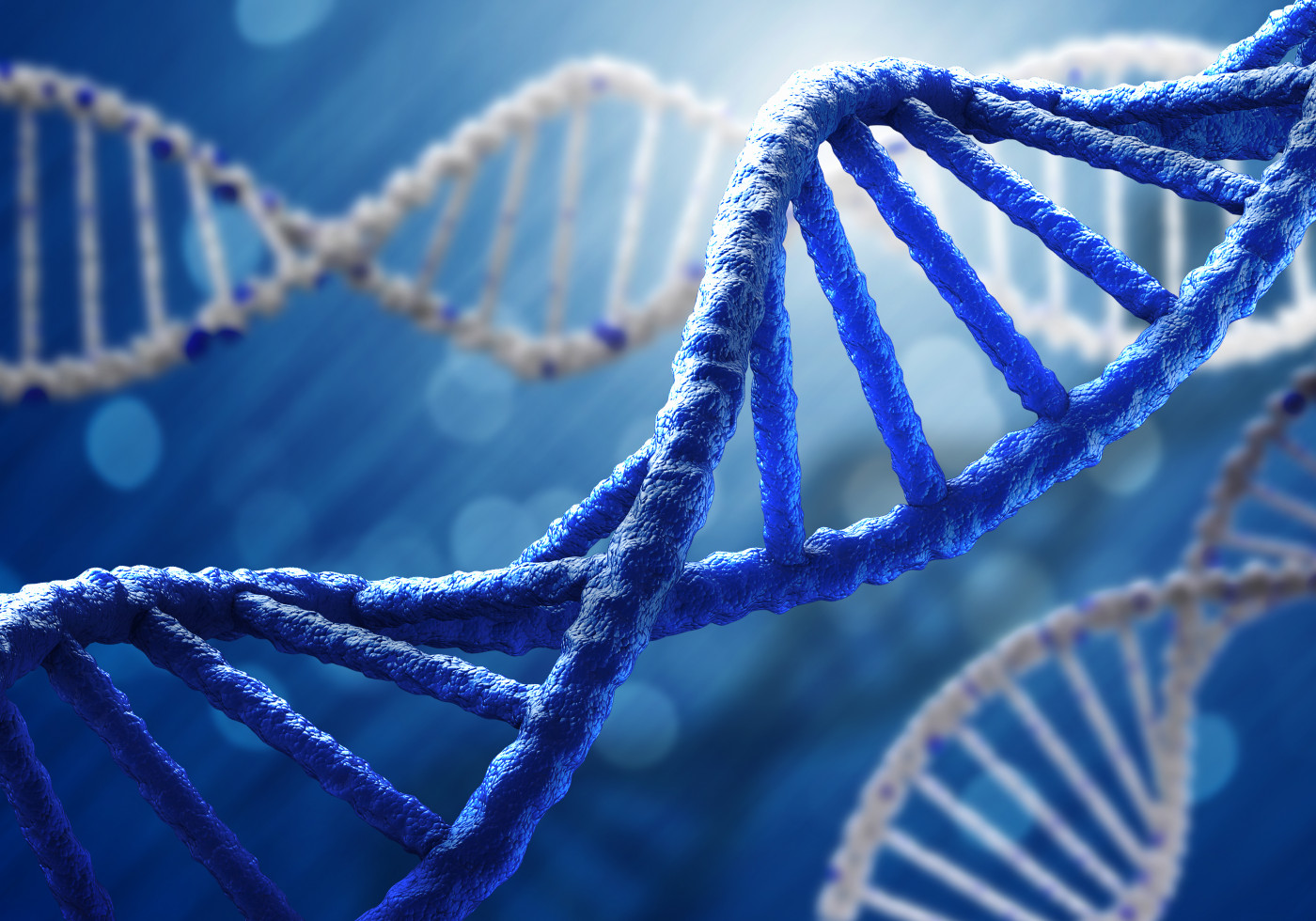Newly Identified DNA Variants Affect BMPR2 Gene Activity in Familial PAH

New variants in the DNA region that promote the activity of the BMPR2 gene — associated with familial pulmonary arterial hypertension (PAH) — lower the gene’s activity and may contribute to the condition in some families, a study reported.
No clear causal connection, however, between these variants and PAH development was found.
The study, “BMPR2 Promoter Variants Effect Gene Expression in Pulmonary Arterial Hypertension Patients,” was published in the journal Genes.
Up to 85% of familial (heritable) PAH cases are caused by mutations (variants) to the BMPR2 gene, which carries the instructions for the production of the BMPR2 protein — a key regulator of the growth and survival of blood vessel cells in the lungs (pulmonary arteries).
So far, more than 600 BMPR2 gene variants that cause heritable PAH have been identified; they either disrupt the production of the BMPR2 protein or reduce its function.
It is thought that BMPR2 variants impact the cell cycle balance leading to greater cell growth, narrowing of blood vessels, and elevated blood pressure (hypertension) in the pulmonary arteries — the primary clinical characteristic of PAH.
However, not all children who inherit BMPR2 variants develop PAH, and it remains unclear why this occurs. It has been suggested that those who develop the disorder may carry additional disease-causing variants than do healthy family members.
One of these additional variants — called promotor variants — may occur in the region of DNA immediately adjacent to the gene, which controls or promotes gene activity (expression) and may impact BMPR2 protein production, contributing to disease.
“The contribution of BMPR2 promoter variants to PAH manifestation, however, still remains unclear,” the researchers wrote.
A team led by researchers at the Heidelberg University in Germany analyzed DNA isolated from the blood of seven heritable PAH families with 53 family members, as well as of three people with idiopathic PAH (IPAH; a form of PAH with an unknown cause).
The average age of the heritable PAH index patients was 34, and 43% were female. Of note, the index patient is the family member with PAH who passed on the BMPR2 variants to their children.
In total, nine variants were detected in heritable PAH families in the gene promoter regions adjacent to the BMPR2 gene. Of these, four had never before been reported in PAH patients.
In four heritable PAH families, four of these variants were changes to single nucleotides (the building blocks of DNA), all occurring in one of the two gene promoter regions inherited from both parents (heterozygous variant).
An additional previously described variant (c.-669G>A variant) was identified in three heritable PAH families, carried by two index patients. In the third family, only healthy members carried this variant.
Within the IPAH group, two out of the three patients had a duplication or deletion of a section of the promotor region DNA. The third carried a duplication in both copies of the BMPR2 promoter region (homozygous variant).
Compared to the normal BMPR2 promoter, all variants led to a statistically significant decrease in BMPR2 gene activity, except for two single nucleotide variants (c.-669G>A and c.-301G>A).
To further understand how these variants may affect people, pulmonary arterial blood pressure (PASP) was measured during exercise in 39 of the 53 family members.
In one family, a 42-year-old female index patient who carried two promoter variants, one from each parent, was diagnosed with PAH six years before the study. While she carried these two variants, her brother, who also carried these two changes, did not have PAH.
One of the two variants (c.-910C>T variant) was detected in her mother and four other family members without manifest PAH. Interestingly, four out of these five carriers had elevated PASP during exercise, with only one showing a normal response.
This “variant may be associated with a hypertensive exercise response,” the researchers wrote.
The other variant (c.-933_-928dupGGCGGC) showed no clear association with abnormal blood pressure; neither did the additional variants identified in heritable PAH families.
Promoter variants that lowered gene activity were identified in six of 10 PAH index patients. Of these six, three carried variants in the BMPR2 gene region, suggesting that the promoter region’s additional variants may have influenced disease development.
“In these patients the promoter variant could be considered a possible second hit adding to a known pathogenic variant,” the researchers wrote.
Despite the discovery of new BMPR2 promoter region variants, and how they lead to lower BMPR2 gene activity, “the majority of variants showed no [connection] with the disease or an elevated PASP during exercise in families, despite a statistically significant [gene activity] impact,” the researchers wrote.
“Thus, the promoter variants cannot fully explain the causality between the clinical manifestation and genotypes,” they added.
Further studies are needed to better understand the frequency of BMPR2 promoter variants and their impact on PAH heritability and disease manifestation, the team concluded.







